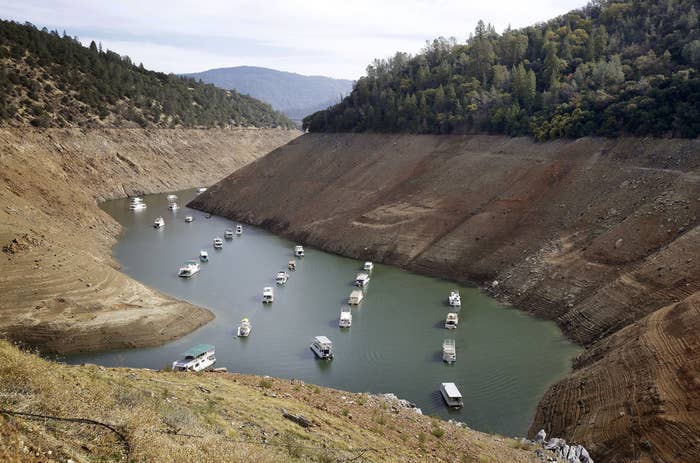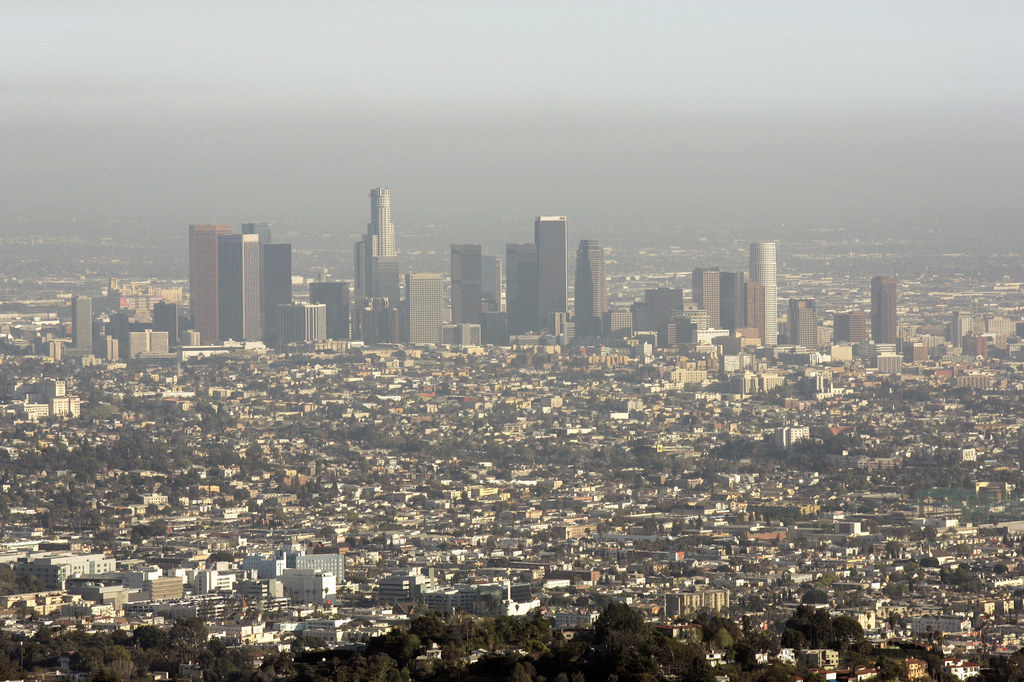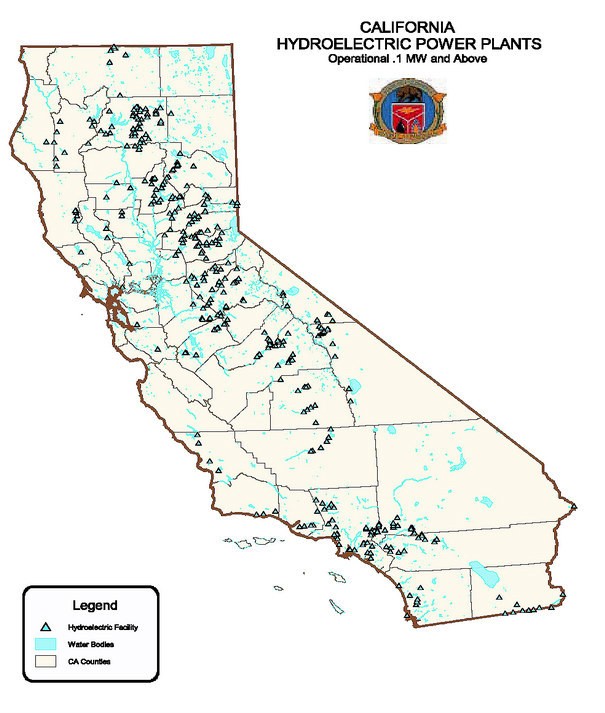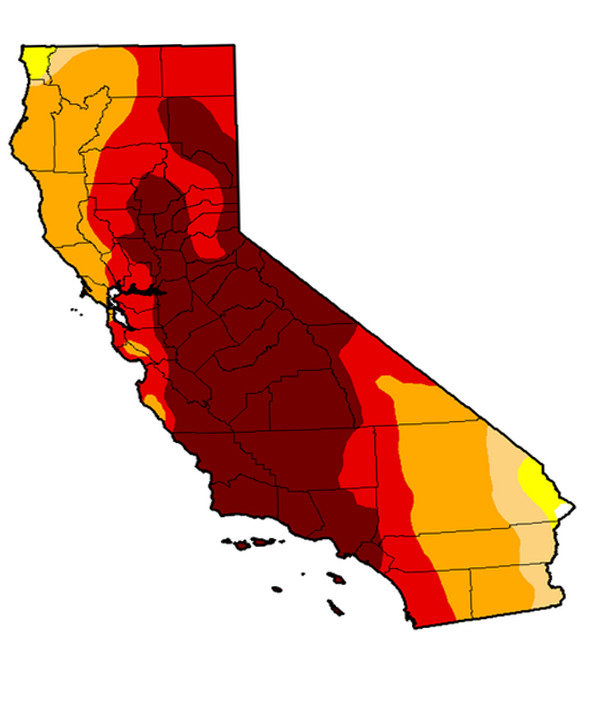
As California's severe drought enters a fourth year, it's beginning to hit residents where it hurts: their wallets.
More than 99% of California was experiencing drought conditions in March, and 40% of the state was in the grips of an "exceptional" drought — the highest category. Officials say the conditions are some of the worst in the state's recorded history.
Drought means less water, but it also means that electricity is costing Californians more as well, according to a new report from the Pacific Institute.
According to the report, the drought cost California $1.4 billion because it has significantly reduced the amount of water in reservoirs and streams that run hydroelectric power plants. In response, the state has had to turn to other, more costly forms of energy, including natural gas, wind, and solar.
"As a result, the drought has led to a direct increase in electricity costs to California ratepayers," the report explains.

Albert Lundeen, spokesperson for the California Energy Commission, generally agreed with the report, telling BuzzFeed News that the drought has cut down on the amount of water for generating electricity.
"That usually leads to an increase in natural gas," he said, but added that maturing wind and solar energy have been filling the gaps.
Still, other forms of energy come with a cost; according to the U.S. Energy Information Administration, hydroelectric power is less than a third as expensive as traditional fossil fuel electricity.
The report charts the different sources of California's energy since 2001, showing that there has been a gradual increase in natural gas usage, along with significant increases of wind and solar. Hydroelectric, represented in the graphic below by the green line, dropped off significantly in 2014.

Between 2003 and 2010, 18% of California's electricity came from hydroelectric plants, on average. During the drought from 2007 to 2009, that number dropped to 13%, and during the current drought — from 2011 to 2014 — it fell even further, to 12%.

California's hydroelectric power plants are sprinkled up and down the state, and many are located in the most drought-stricken areas.
And with the drop off in hydroelectric power, air pollution is on the rise.

Hydroelectric energy creates almost no emissions, so when California has to burn more fossil fuels to make electricity, it produces more emissions. The report lists a series of pollutants — nitrous oxides, carbon monoxide, etc. — that have increased in California because the state is burning more fossil fuels to create electricity. All told, the state's power plants have produced 8% more emissions during the current drought.
The report offers a bleak prognosis for the future: because the drought is expected to continue, the "costs to California ratepayers and the environment" will probably "continue to mount."
Ultimately, all of this doesn't mean the lights are going out in California this summer because there's no water. Instead, it's just another way the drought is making life a little more difficult for the state's 38 million residents.


